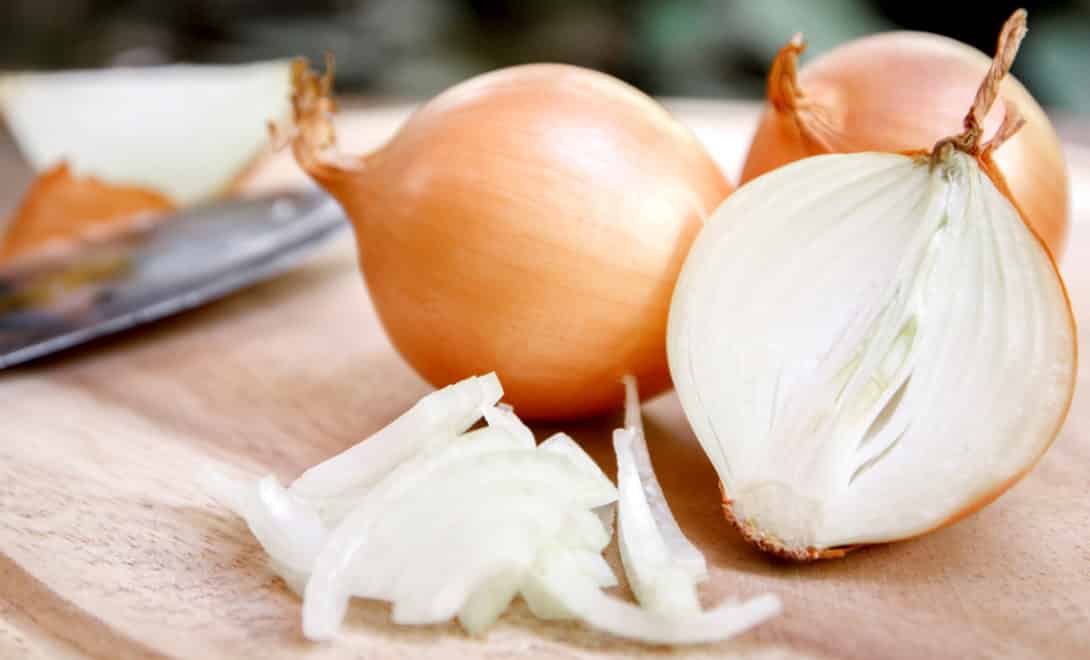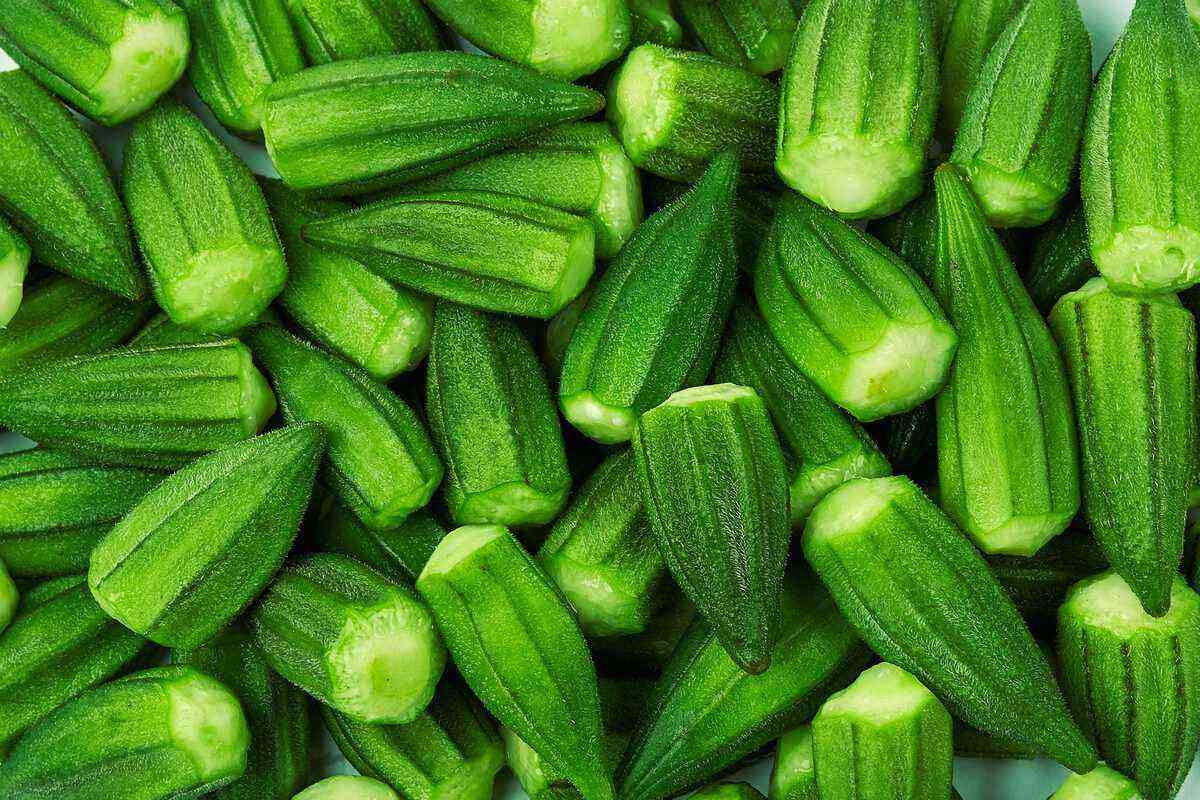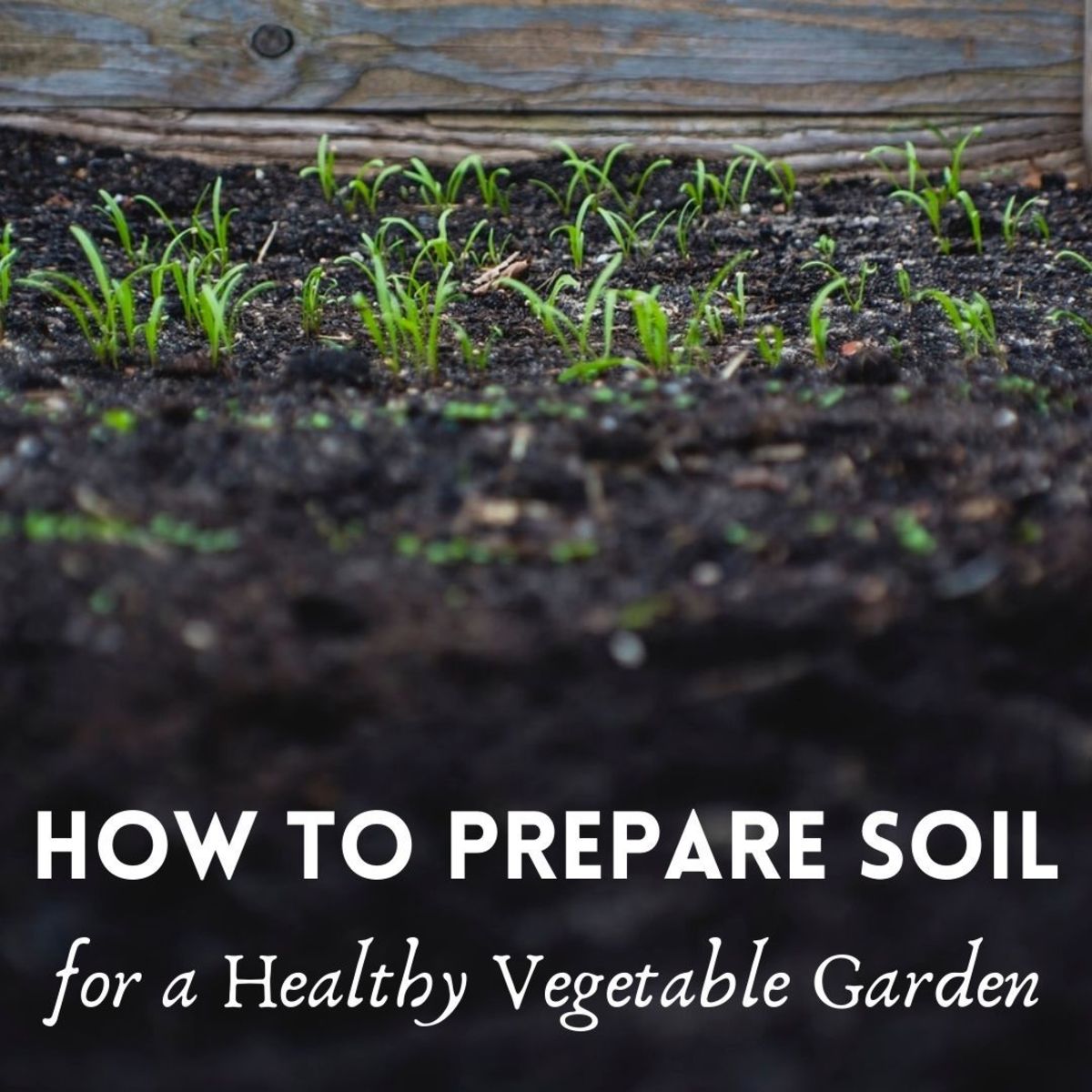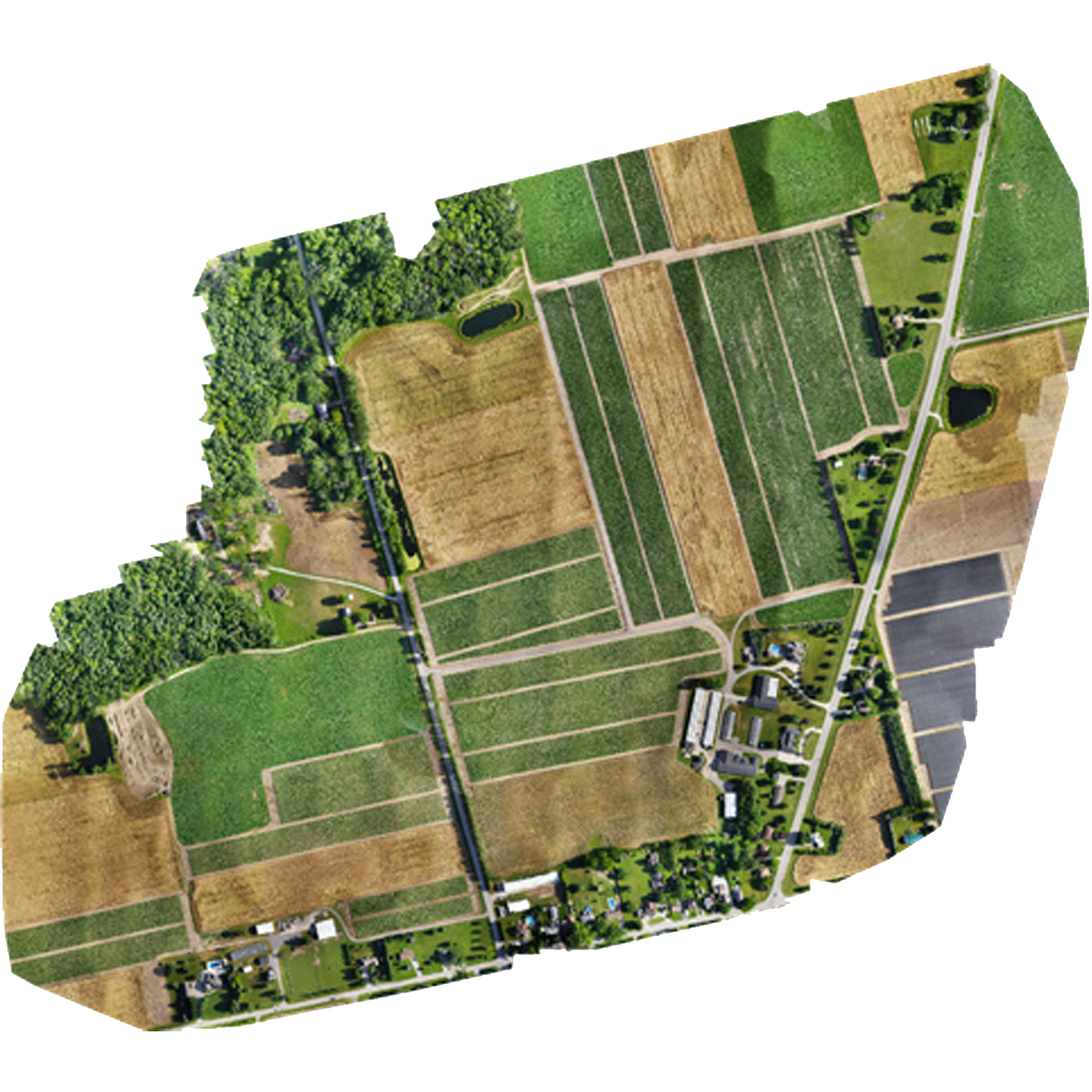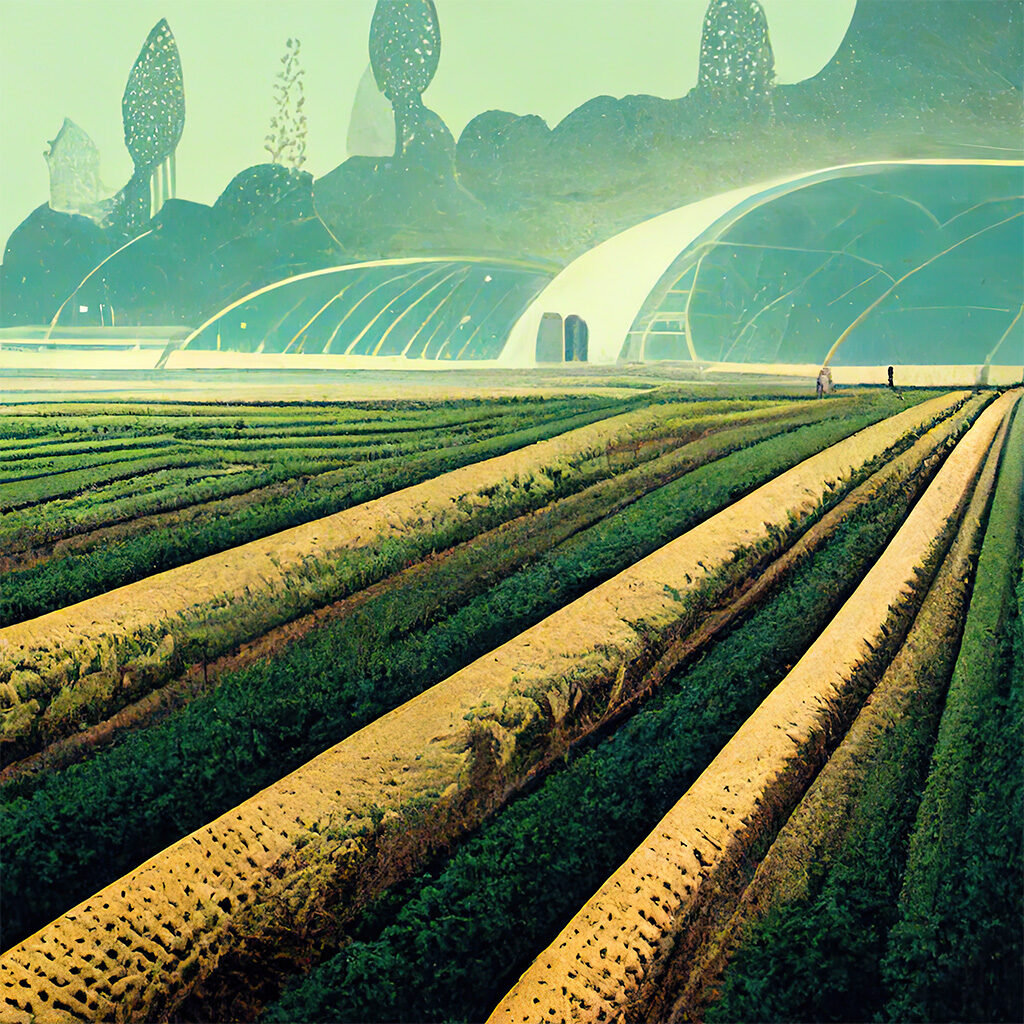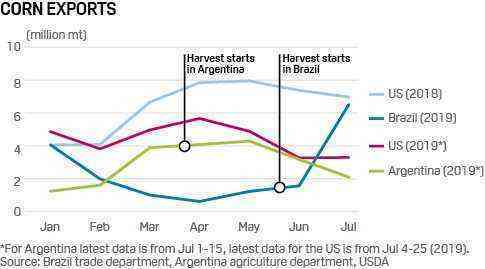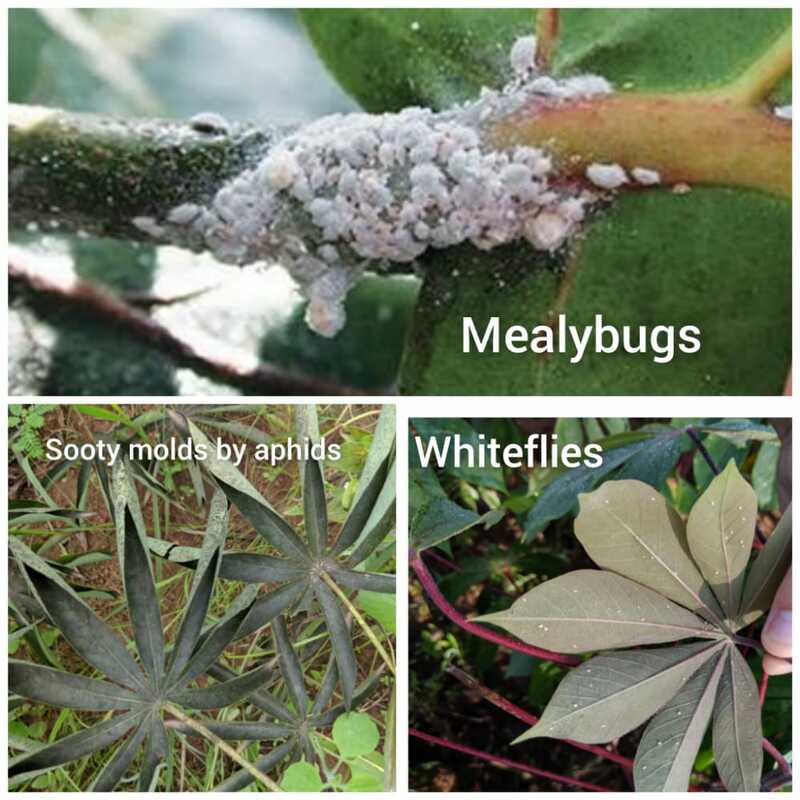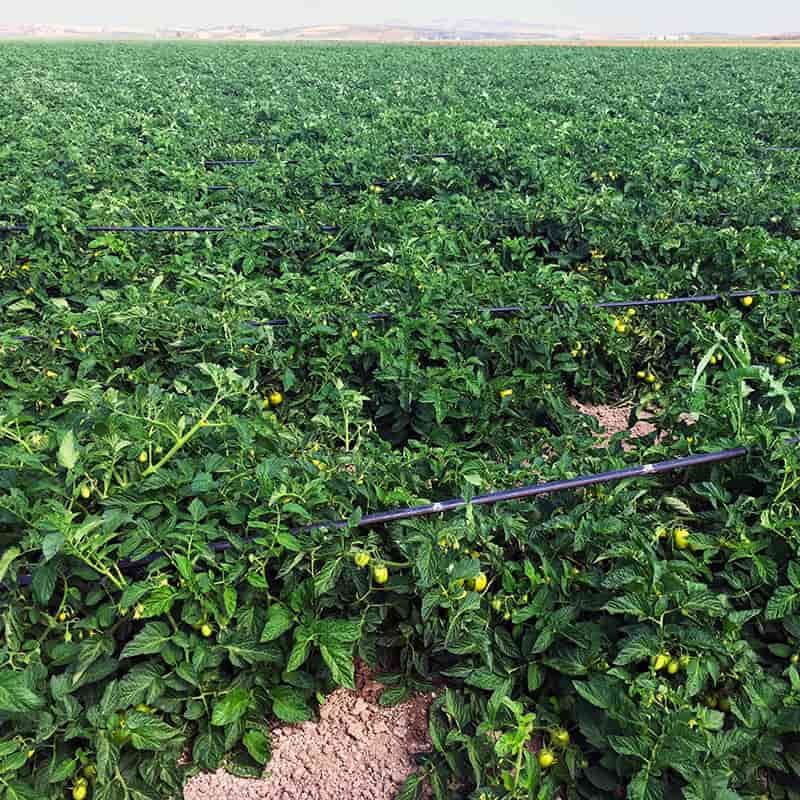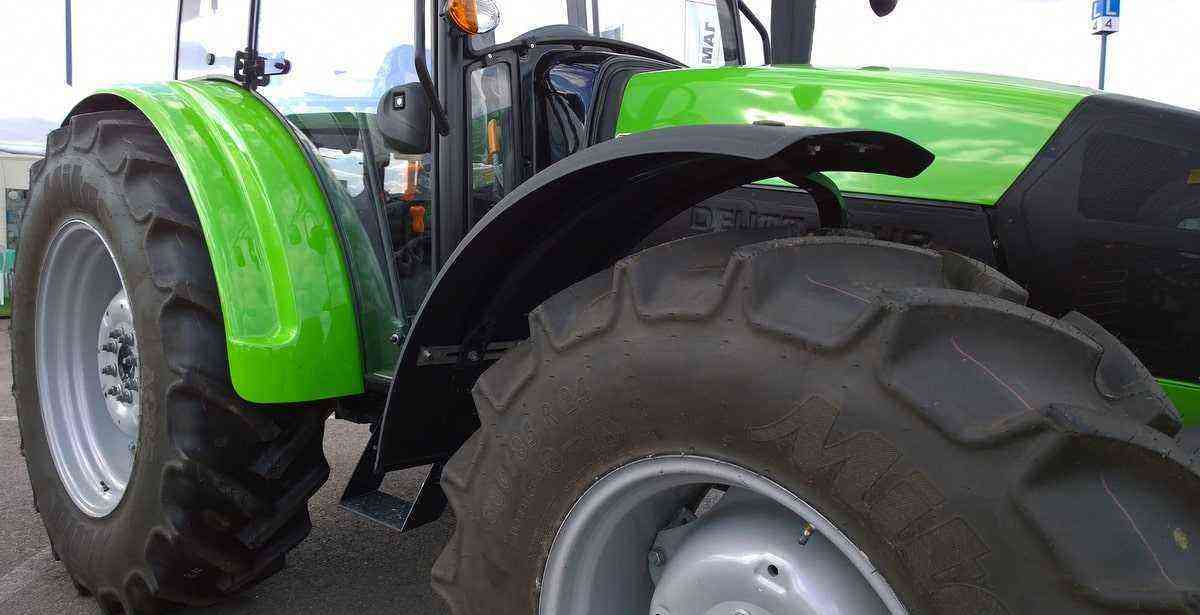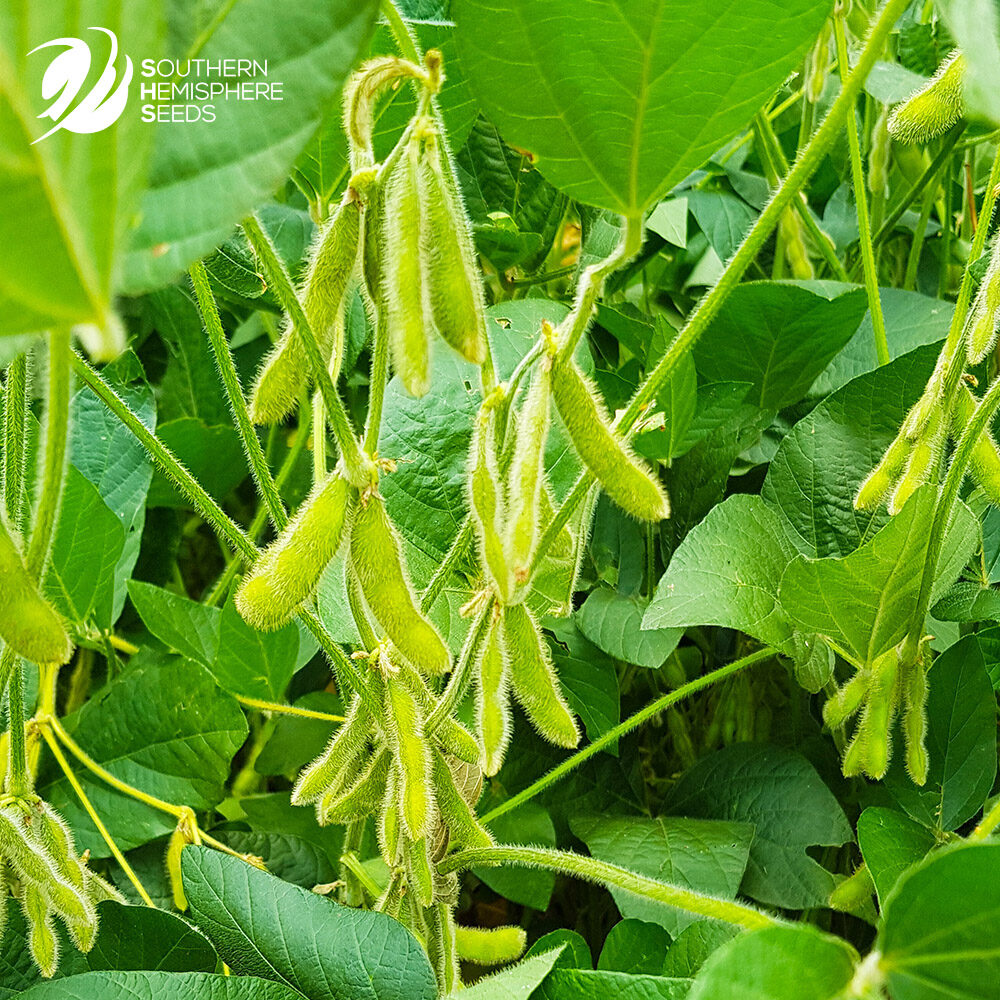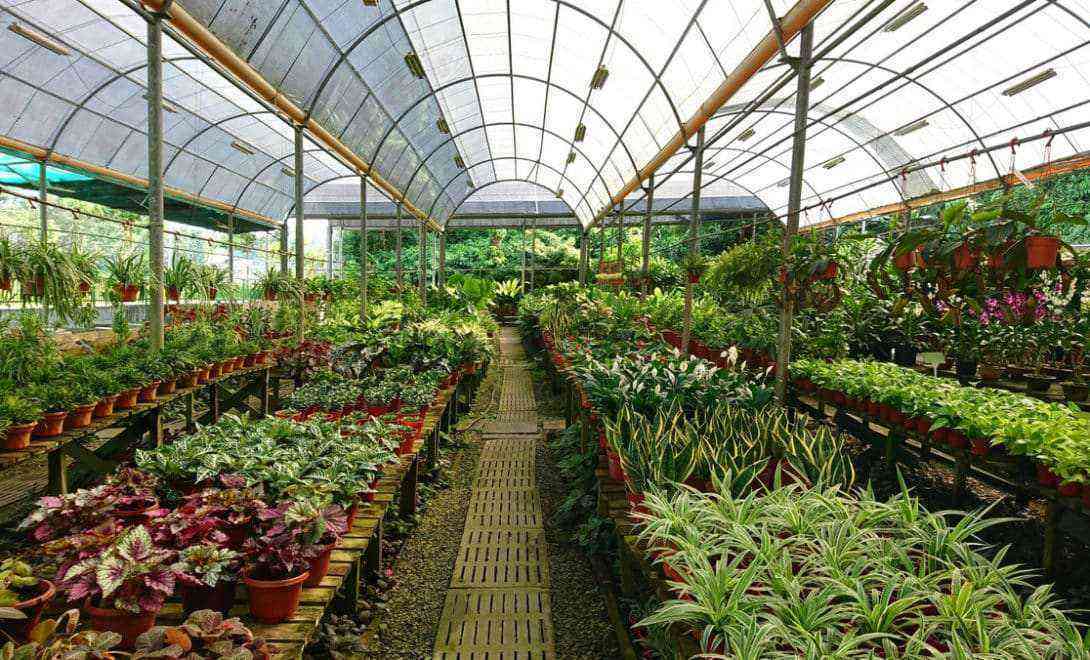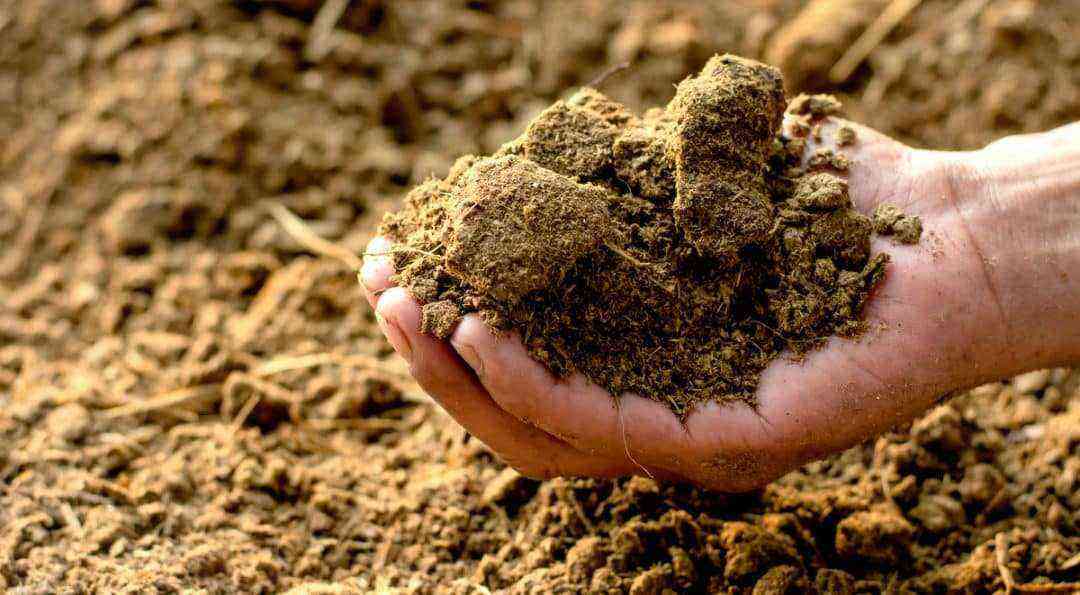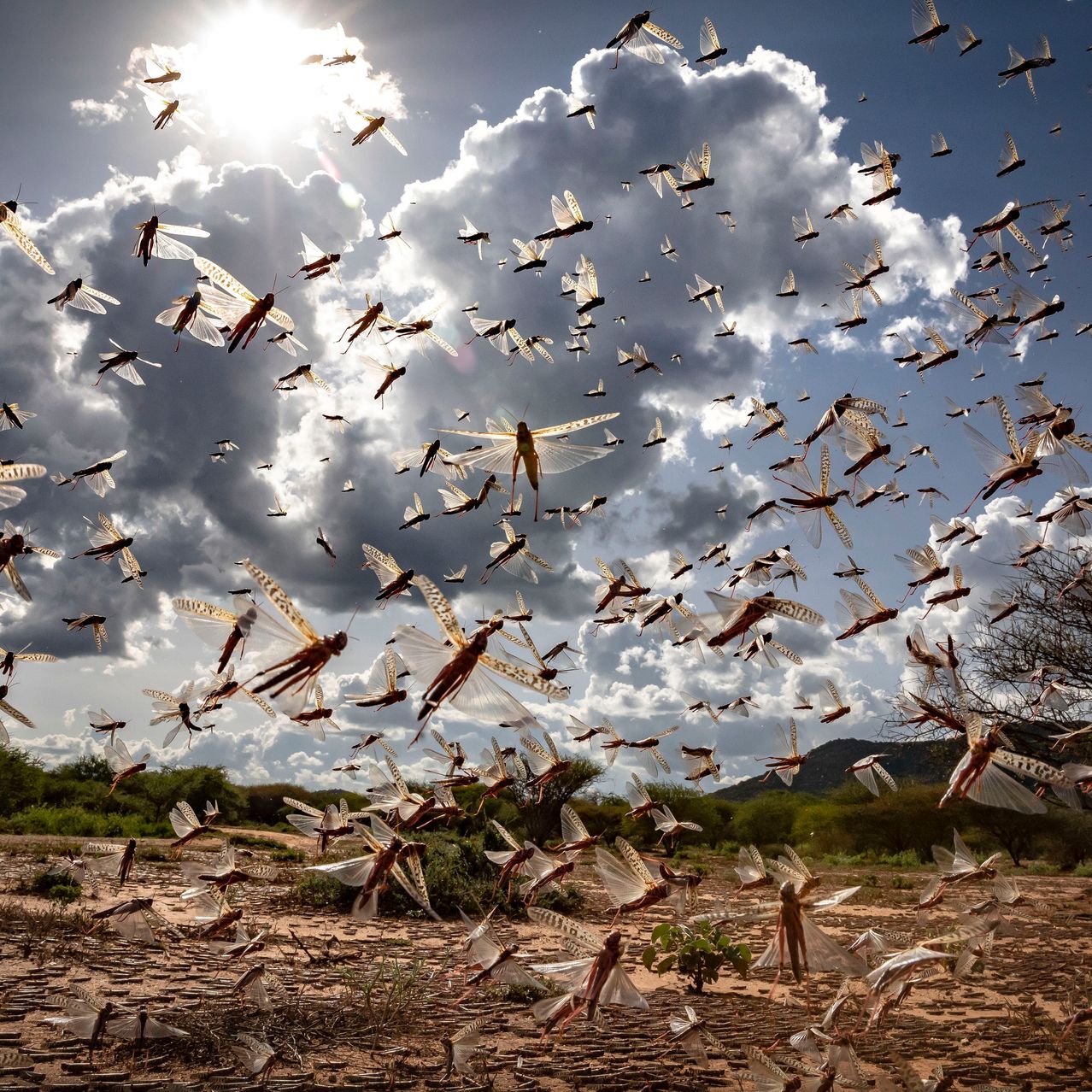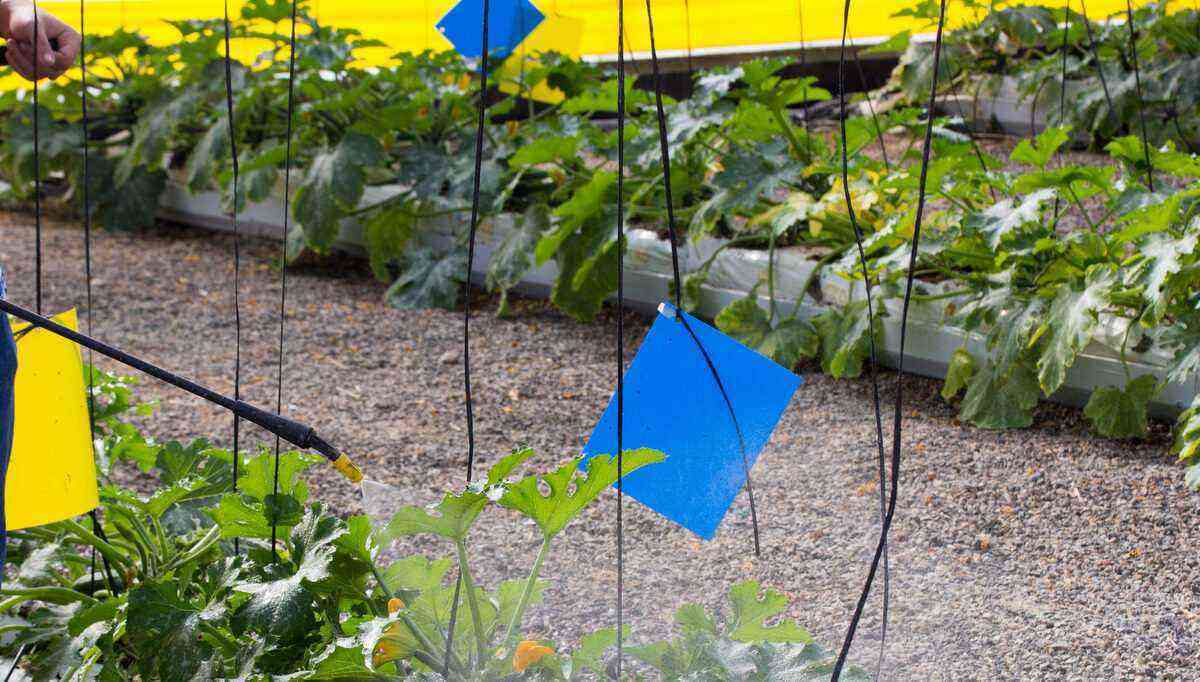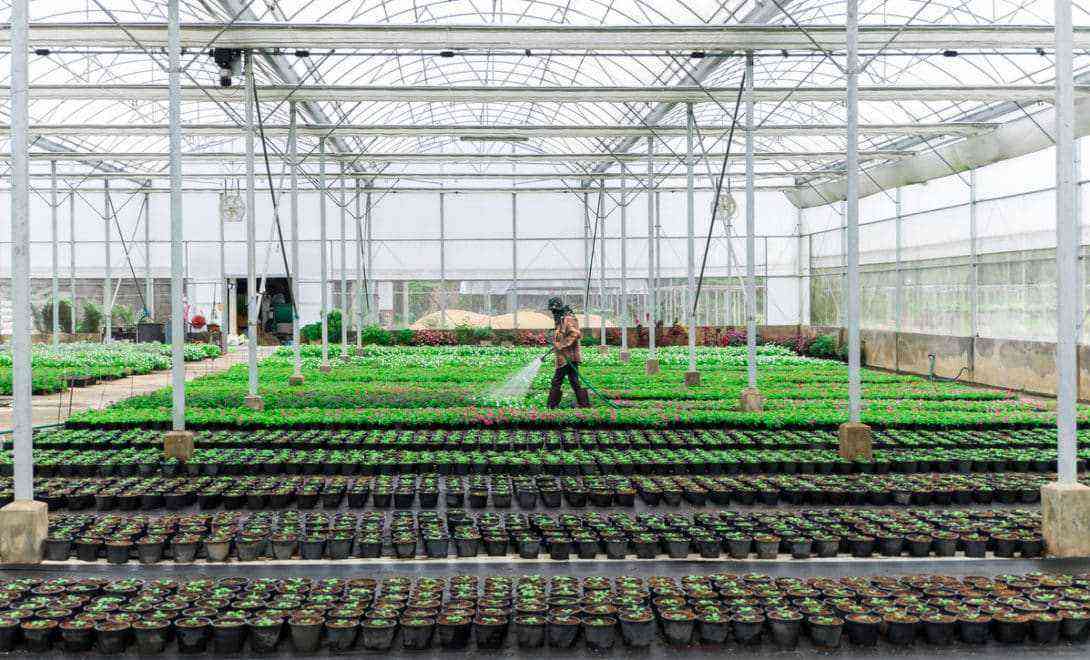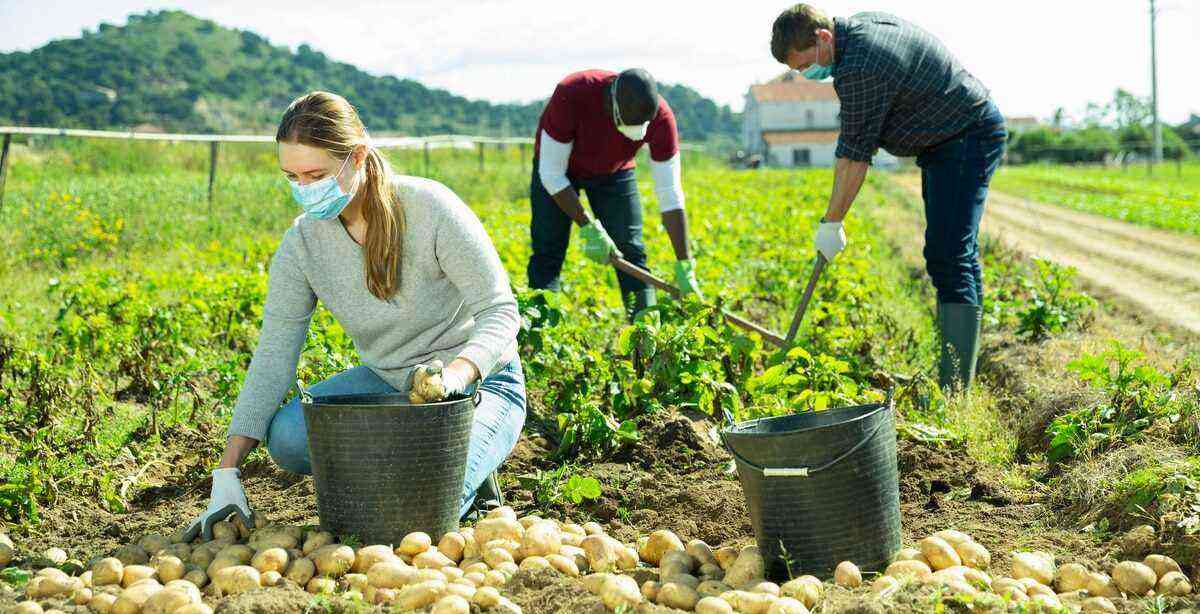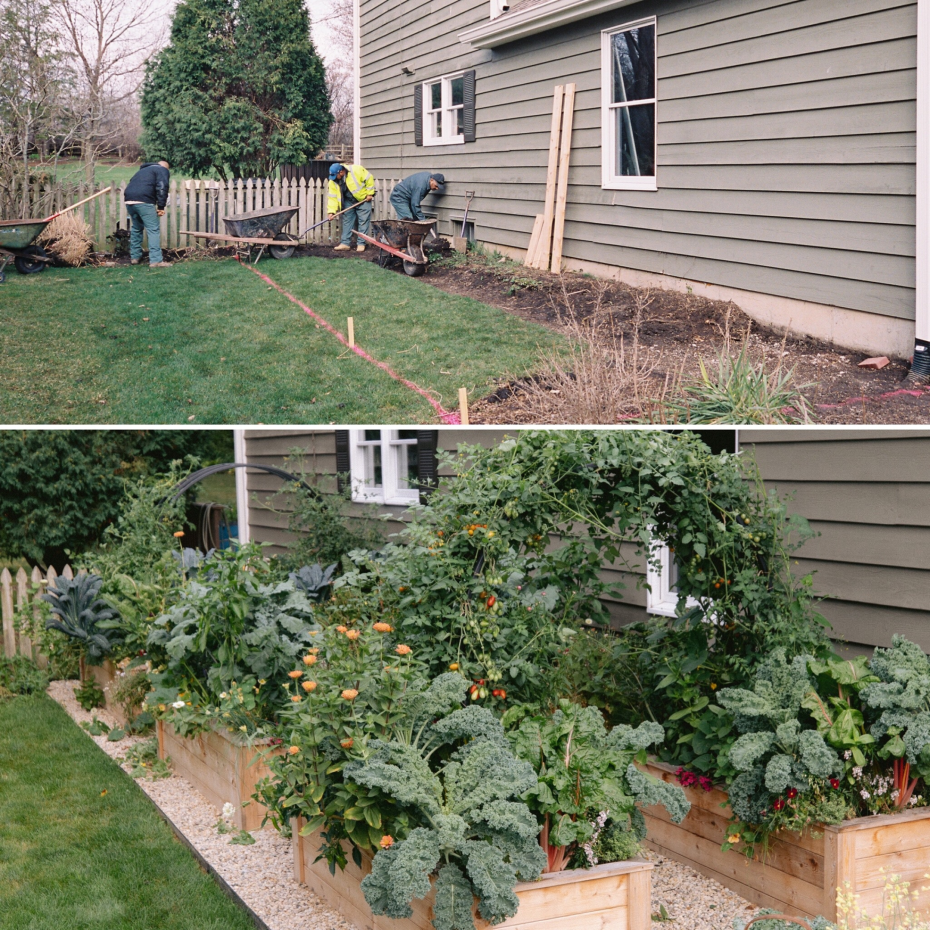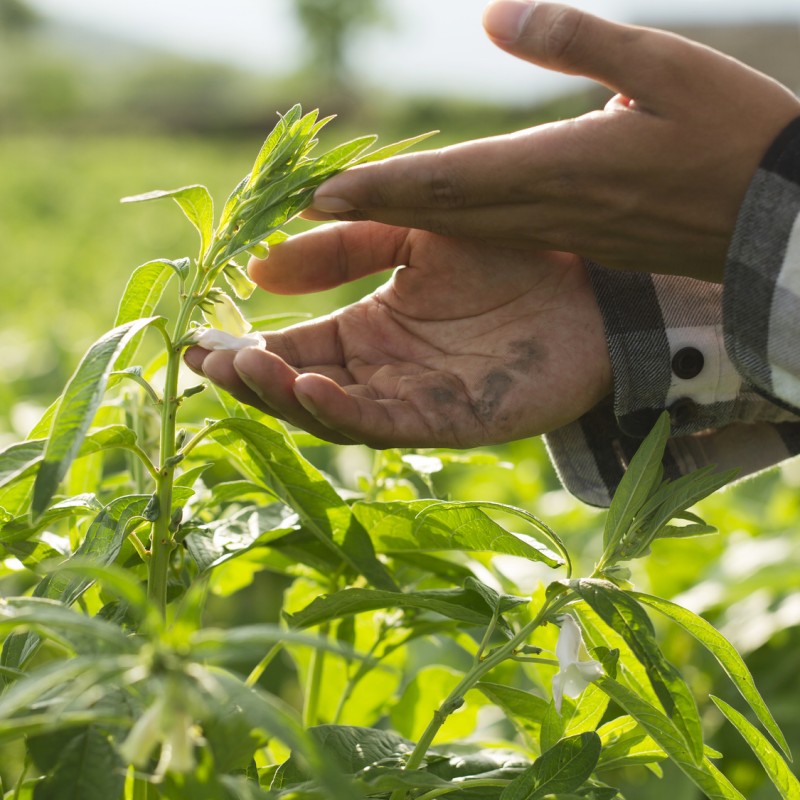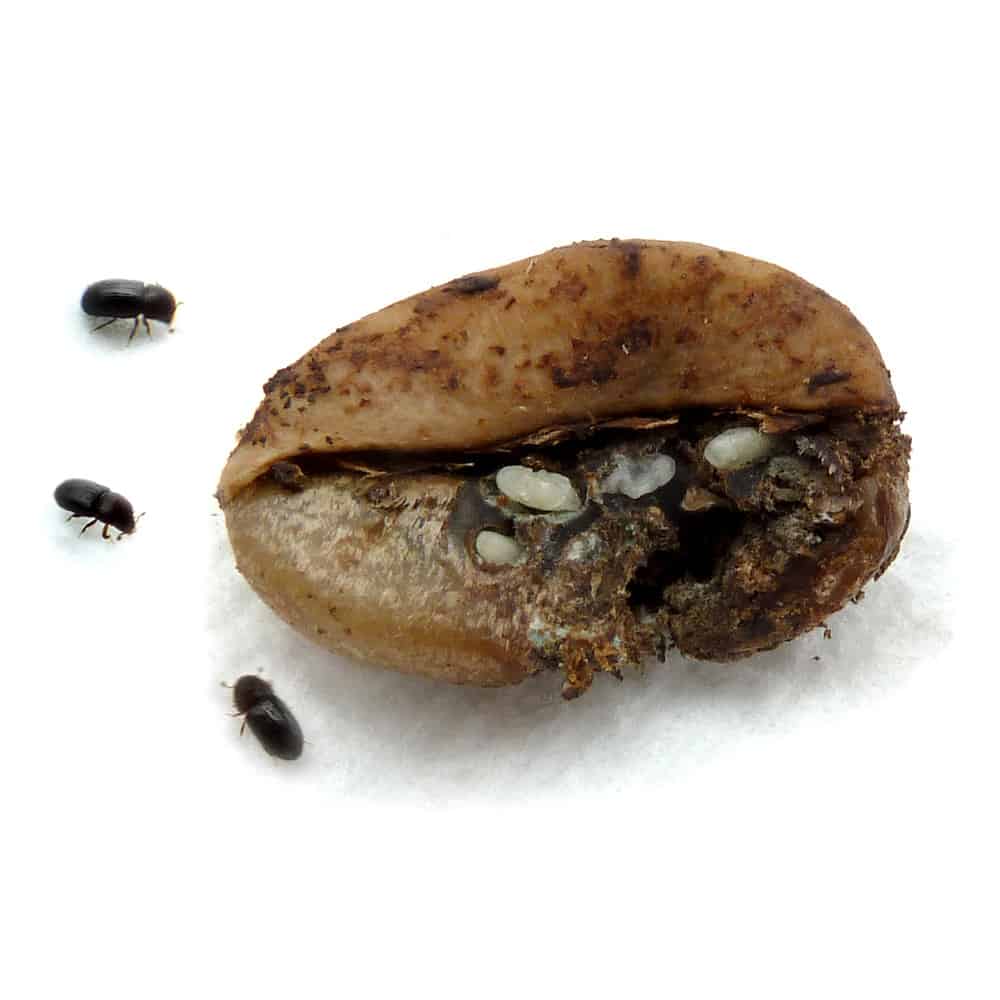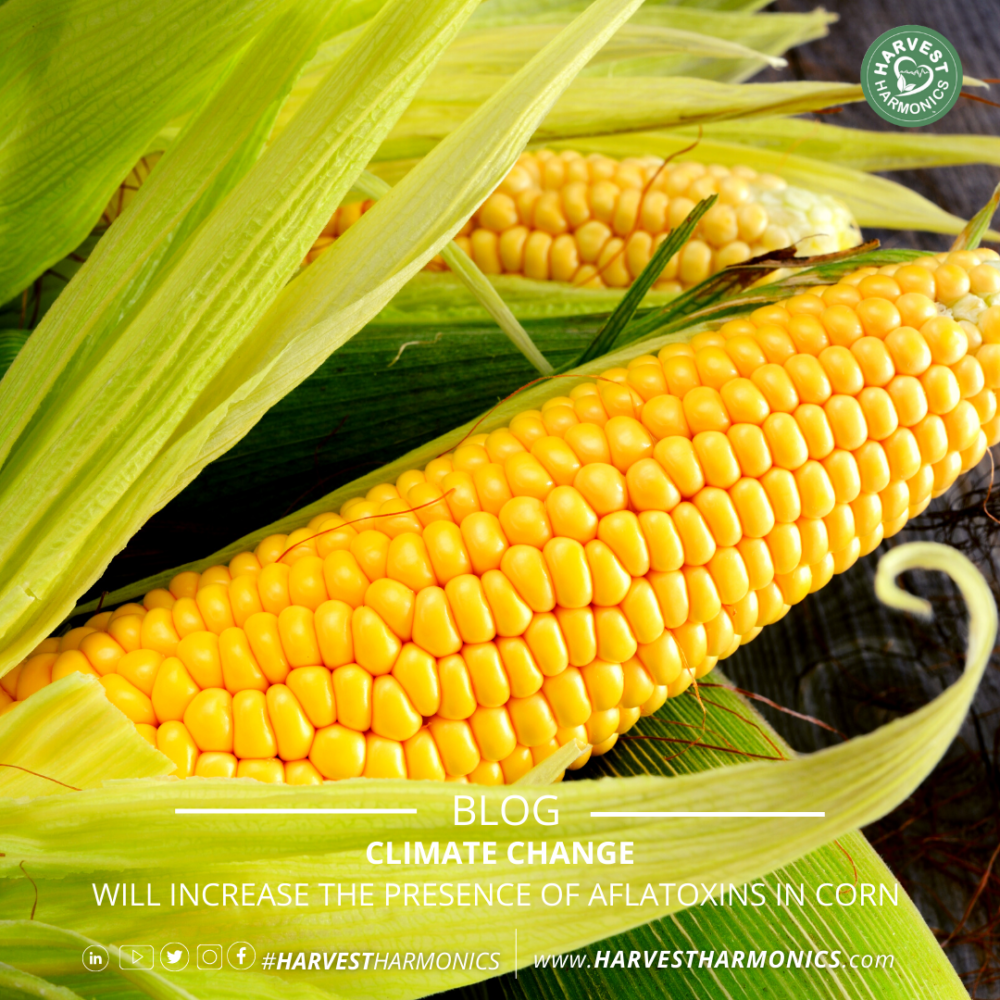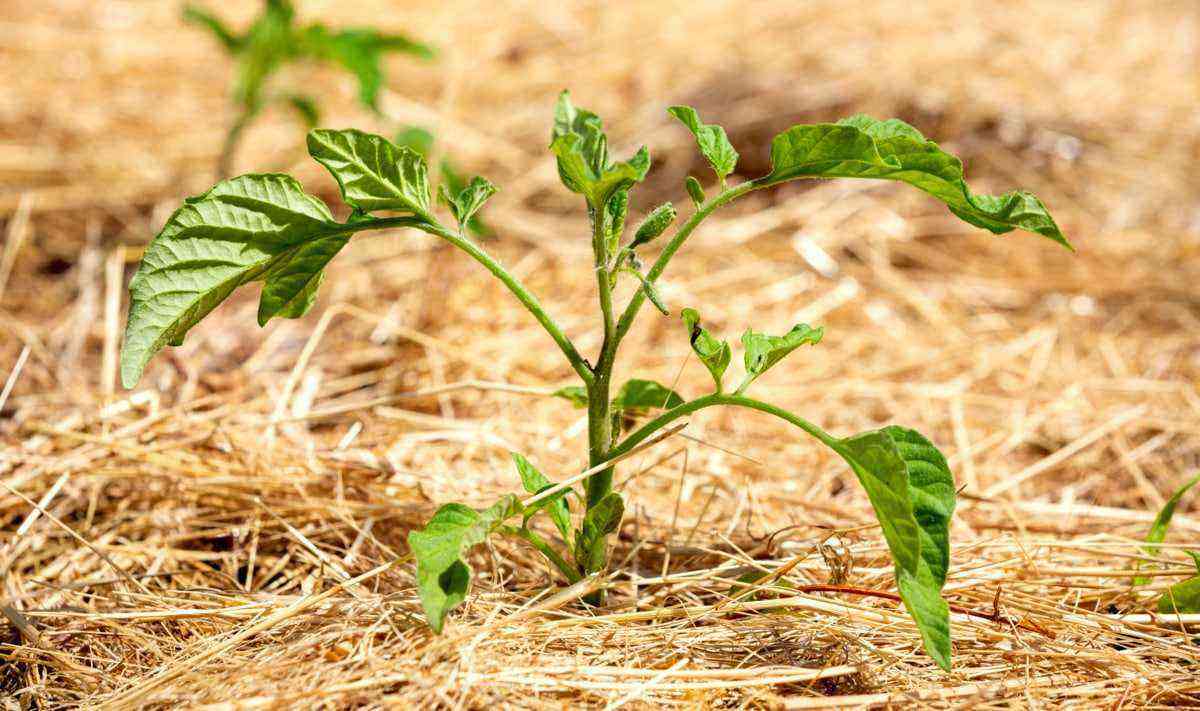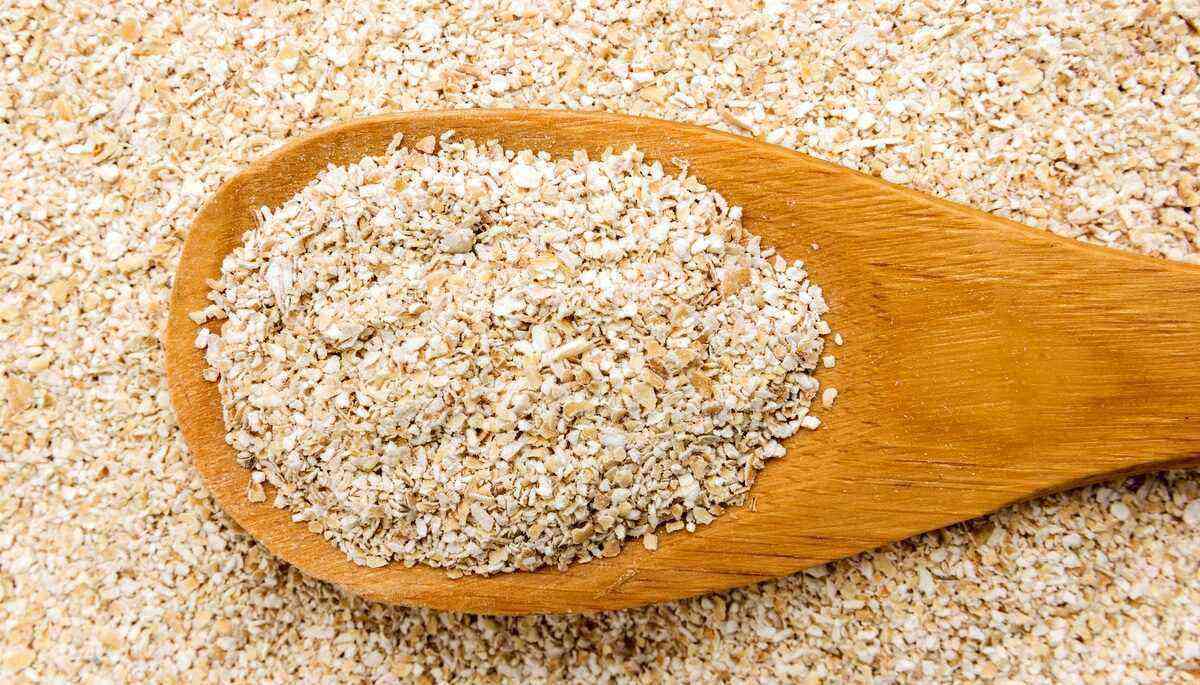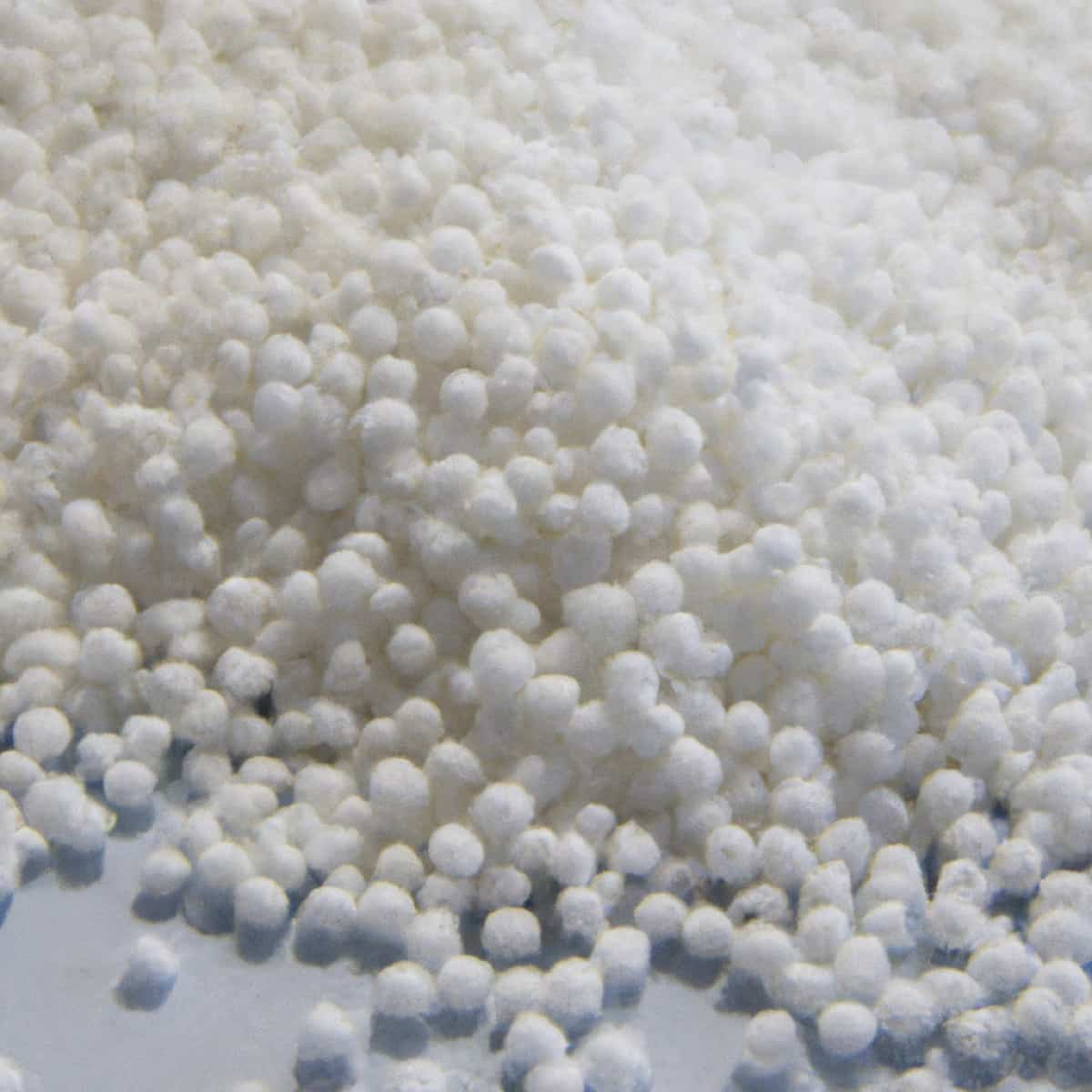Decreasing expenses and maximizing revenue is a challenge in any market sector. It is no different in agriculture: understanding the mechanisms that help in this regard can be a competitive differentiator for rural producers. Thus, it is necessary to know how to reduce the costs of agriculture with assertive methods.
This is because there are still many entrepreneurs, administrators and professionals in the sector who neglect the importance of reducing expenses. So that you do not go through this, we bring a complete article showing how reduce costs in agriculture in 7 steps – making your business more efficient, productive and, of course, profitable.
1. Technology in your favor
The first step – and which encompasses all the processes listed below – is to use what technology has to offer to the rural man. And here, we talk about various devices, systems, software, equipment, among others, which directly help to reduce costs.
Agricultural management systems, which integrate and automate harvest data, provide livestock care and centralize financial information are a great example. Thus, it is seen where there are greater expenses, streamlining operations.
The applications themselves can already make all the difference, as they are practical and functional. Also, technological equipment that improves the consumption of inputs – from feed, through spray nozzles, to the water used in the plantation, for example – directly reduces expenses.
Learn more about how technology improves agricultural production.
 Applications grant access to more business options which results in cost reduction
Applications grant access to more business options which results in cost reduction
2. Purchase planning
Planning is, basically, the means of survival in all companies and sectors. In the agricultural sector, due to the high volume of products to be purchased, such as pesticides, more attention is needed in planning.
So the second step is to plan the purchase. But, how to do this? First, the quantity needed to be purchased according to the plan is analyzed; and, subsequently, the best market conditions for the acquisition are sought.
The big mistake of many rural products is loyalty to suppliers that, over time, becomes expensive. When searching for products in agribusiness marketplaces, for example, all processes are compared and it is possible to find the best conditions.
3. Have a good logistics plan
Logistics is an indispensable factor – and often the biggest expense of national agriculture. It is well known that our road system has several problems, while the rail system has little infrastructure for transporting rural production.
By creating a good logistical plan, identifying the costs of inventory, transport and delivery, the expenses that previously could go ‘beats’ in the financial balance sheets of your rural business are radically reduced. No wonder, logistics can be responsible for up to 20% of the final price of the product that reaches the consumer.
There are alternatives, such as cooperative transport systems, with other rural properties in the region; outsourcing the flow by specialized companies that have logistical efficiency; and the control/monitoring of all stages of the logistics process, avoiding losses, misplacements and excessive consumption of fuel by trucks.
4. Precision Agriculture
An efficient technique that reduces (and a lot) costs on your rural property is precision agriculture. Basically, it refers to a series of data and information about the soil, captured by various equipment, such as the GPS itself, which allows optimizing the harvest and increasing productivity.

Efficiency reduces costs and precision agriculture provides this improvement
This makes it possible to analyze which crops or areas of the crop are most productive, in addition to directing the correct and sufficient application of fertilizers. All in an organized way and easily analyzed by the property managers.
In European and North American countries, precision agriculture is a rule, as it eliminates unnecessary expenses – such as the excess use of water that the crop needs. The best thing is that this technique is easy to apply, regardless of the size of your property and brings fast results to the field.
5. Rationalization of inputs
The fifth step is in line with the other four that we have highlighted so far: the rationalization of inputs. At this point, it is necessary to follow a series of objectives so that costs are greatly reduced:
The correct and wasteful application of pesticides that do not bring environmental impacts, which can only generate more expenses – such as heavy fines;
Control of the storage of fertilizers, pesticides and livestock feed must be given priority. In this way, the loss of items is avoided because they exceed their validity, or lose their efficiency;
The feed, it is worth noting, is an indispensable input: you must choose the correct and quality food for cattle, goats, pigs, poultry, among others; in addition, planning the stock for periods of drought, such as winter, is also a way of rationalizing inputs.
6. The investment factor
The sixth step is investing. Yes, investing in a rational and planned way is the best way to reduce costs on your rural property. This involves equipment that increases productivity, personal and employee qualification, as well as technical analysis of the herd and/or cultures.
All this allows, in a short time, the results to appear. Remember: investment, especially in a market as expressive as agriculture, brings results in the medium and long term – one of them being the reduction of expenses.
There are lines of credit for purchasing equipment that are very attractive. But, if there is the possibility of reinvestment, this maximizes results, reducing aggregate costs – such as equipment and machinery maintenance, crop waste, animal disease and so many other losses.
7. Constant update
Research in agriculture advances every year. In addition to bringing increasingly efficient methods and tools to flow production or care for livestock, they directly impact your property’s finances.
Therefore, constantly updating ourselves is our last and indispensable step. Understanding how the market is through news, reading articles and tips about the sector (like the ones we bring here on our blog), watching videos and tutorials, participating in lectures and seminars – everything makes a difference.
The modern world requires expertise from producers who want to stand out in the agricultural sector. Therefore, if you want to increase your earnings with the consequent reduction of costs, constant updating is the organic path to the success of your business.
Knowing how to reduce costs in farming in 7 steps, how about putting it into practice? Compare prices and find the best conditions for your business.
